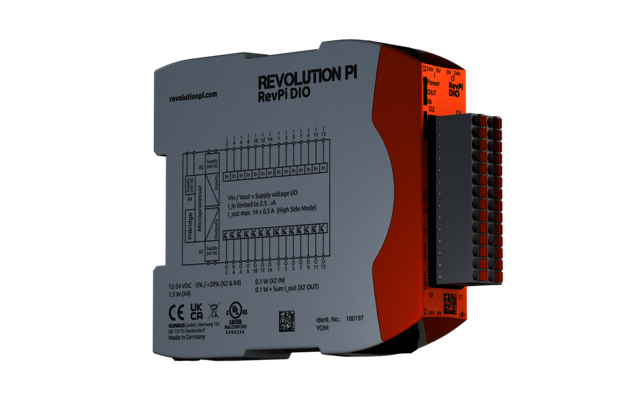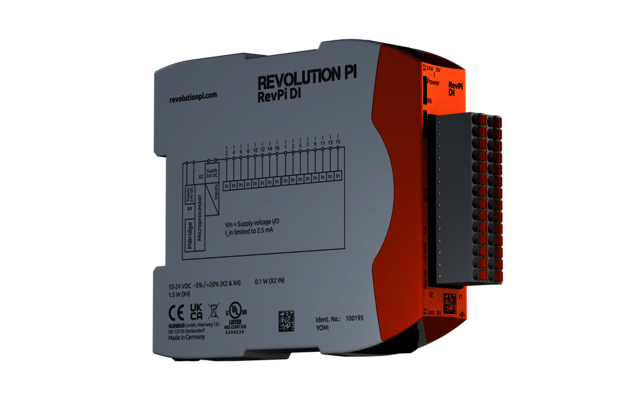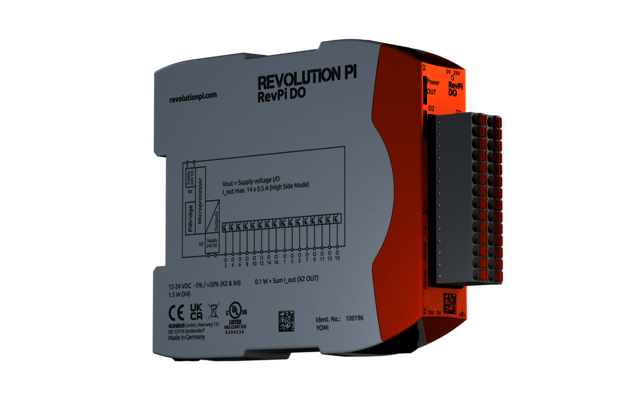Develop Customized Automation Solutions
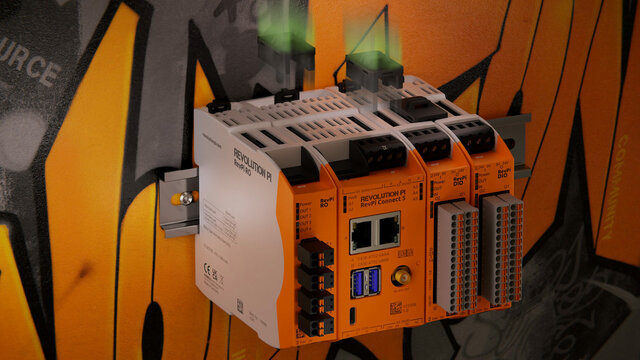
Connect, Configure, Control
Our Plug and Play RevPi I/O modules offer you maximum flexibility.
- Compatible with base modules from the RevPi Core and RevPi Connect series
- Connect to base modules easily with the removable PiBridge plug connector
- No tools or cables required
- Up to 10 expansion modules per base module
- The modules work with 24 V DC
The RevPi I/O modules can be set up intuitively with our free configuration tool PiCtory.
The system automatically recognizes all modules during boot.
RevPi I/O Modules (prices excl. tax) | Digital Inputs / | Analog Inputs / | Other I/Os |
|---|---|---|---|
(from €182.00 ) | 14 / 14 | - / - | - |
(from €146.00 ) | 16 / - | - / - | - |
(from €158.00 ) | - / 16 | - / - | - |
(from €190.00 ) | 0-4* / 0-4* | 8 / 8 | - |
(from €295.00) | - / - | 4 / 2 | 2 RTD temperature inputs for Pt100/Pt1000 sensors (-165 °C to +600 °C) |
(from €142.00) | - / - | - / - | 4 potential-free normally open (NO) relays, switching loads up to 5 A at 250 V AC or 30 V DC |
*4 flexible digital channels configurable as inputs or outputs
Digital I/O Modules
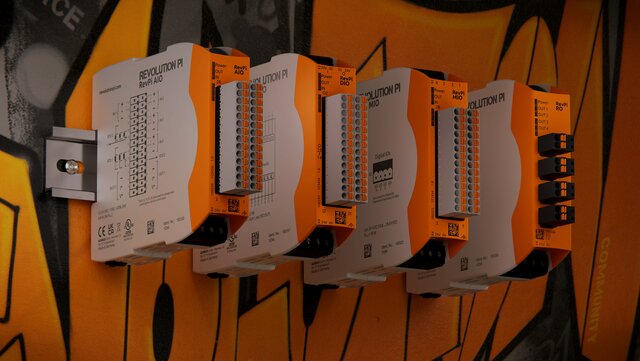
Versatile Applications
Digital I/O modules open up numerous possibilities to expand the capabilities of your RevPi Connect or RevPi Core base module:
- Read out digital sensors – from proximity switches to water meters with reed contacts
- Record inputs from control panels and push buttons
- Measure speeds with sensors
- Switch relays for circuits, valves and motors
- Control LED displays and signal towers
Analog and Digital I/O Modules
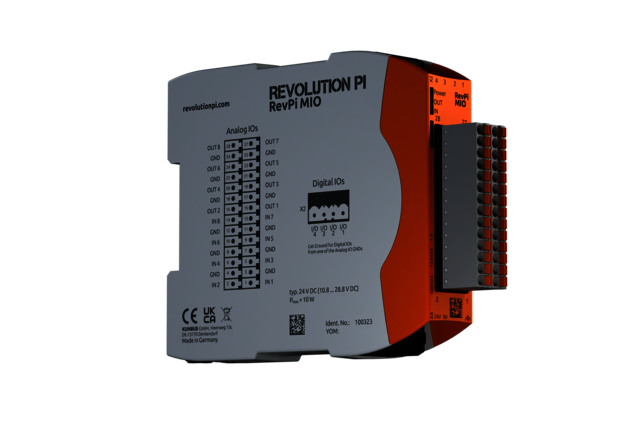
Analog & Digital I/O Module
RevPi MIO
The RevPi MIO combines analog and digital signal processing in a single module:
- eight analog inputs
- eight analog outputs
- four flexible digital channels
You can configure the digital channels as inputs or outputs according to your requirements. With the RevPi MIO, you can master various automation tasks:
- Precisely capture sensor data
- Control and monitor processes
- Process digital and analog signals simultaneously

Analog I/O Module
RevPi AIO
Use two analog outputs to precisely control frequency inverters, proportional valves, and others. They support the following signals:
- Voltage: ±10 V | ±11 V | ±5 V | ±5.5 V | 0 … 10 V | 0 … 11 V | 0 … 5 V | 0 … 5.5 V
- Current: 0 … 20 mA | 0 … 24 mA | 4 … 25 mA
With four analog inputs (differential), you can reliably measure quantities like distances, pressures, and flow rates. They support the following signals:
- Voltage: ±10 V | ±5 V | 0 … 10 V | 0 … 5 V
- Current: 0 … 20 mA | 0 … 24 mA | 4 … 20 mA | ±25 mA
Two RTD temperature inputs enable precise temperature measurements. You can use Pt100/Pt1000 resistance temperature sensors with 2-, 3-, or 4-wire connections and measure temperatures from -165 °C to +600 °C in steps of 0.5 °C.
Relay Output Module
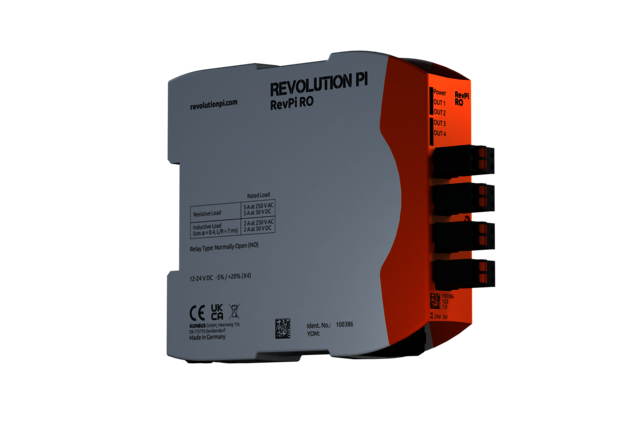
Relay Output Module
RevPi RO
The RevPi RO provides four potential-free normally open (NO) relays. Each relay switches loads up to 5 A at max. 250 V AC or 30 V DC.
Use the relay outputs for example to:
- Switch loads like heaters, pumps, and fans
- Galvanic isolation of control signals as a dry contact
